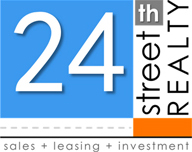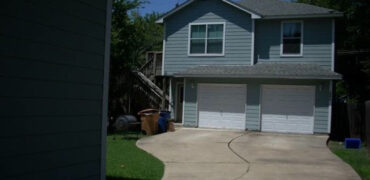There’s a first time for everything and the first time you pay your rent can seem a bit overwhelming if you’re not sure what to do. We’d like to walk you through how, when, and where to turn in your rent, common methods of rent payment, and what you can expect when it comes to late fees.
Let’s get started!
How, When, and Where to Pay
How, when, and where you should pay your rent should be written on the first or second page of your lease contract depending on the type of contract you signed. If you’re not sure what type of payment is accepted, who to make the check out to, or where to turn it in then this is a great place to start.
If you’re having trouble locating this information on your leasing contract or can’t find a copy of your lease then the next best thing to do would be to contact your landlord or property management company to find out how they would like to receive rent.
Your landlord or property management company information will also be provided for you on the first or second page of your lease, however you can also check to see who you paid your security deposit to when you applied for your apartment or who you picked your keys up from when you moved in.
As a last resort, you can contact your leasing agent directly and ask them to direct you to the right person.
Common Methods of Rent Payment
Online
Not everyone will have an online payment option, especially if you’re renting directly from an owner or small management company. If the option for online payment is important to you then be sure to ask ahead of time whether online forms of payment are accepted and always be sure to ask if paying online comes with any fees.
If your landlord or property manager does accept online forms of payments then they will most likely ask you to enter your bank account number and routing information. This information can be found on a personal check in the (1) and (2) position as seen below:
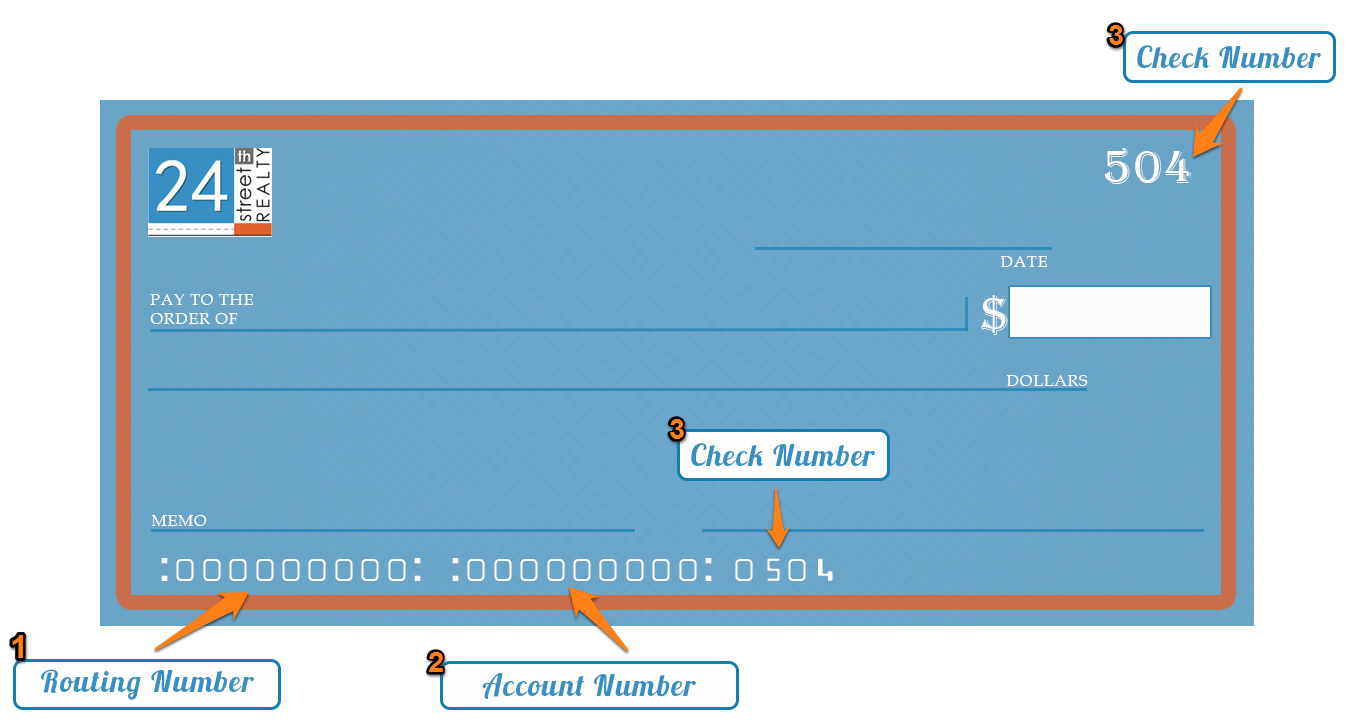
If you don’t have a personal check on hand then you can log in to your bank account online and search for your account/routing number or call your bank directly and ask for this information.
Some places will allow you to pay your rent via credit or debit card, however this option will more than likely come with a good sized fee. Again, speak with your property manager or landlord about any fees associated with online payments.
Check
The most common way to pay rent is by personal check. You should fill out your check with the following information:
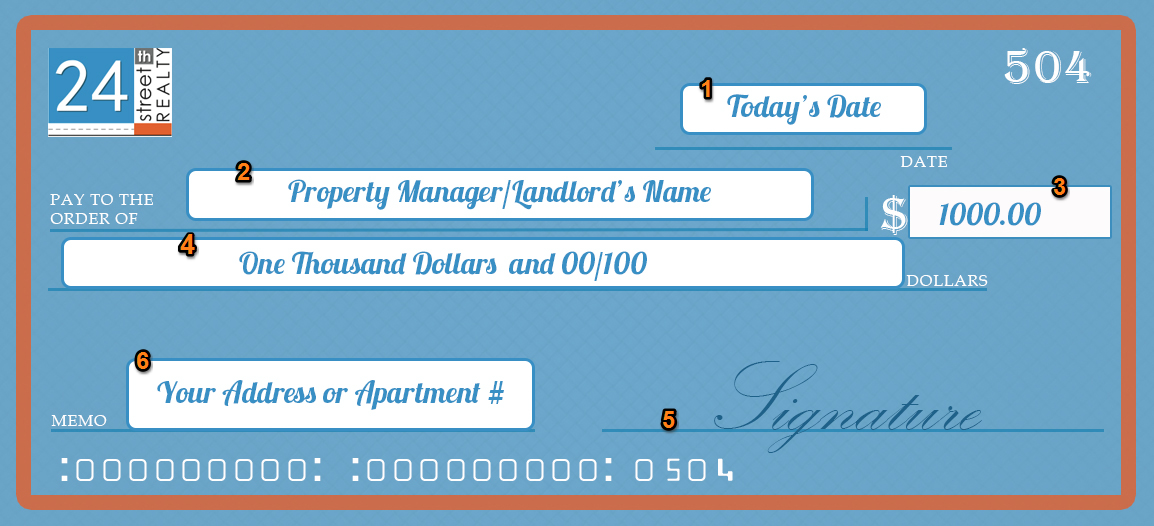
1 – Write down the date.
2 – Write in the name of your property management company or landlord.
3 – Write the rental amount numerically.
4 – Write the dollar amount in words using 00/100 to represent “cents”.
For example: 50/100 would be 50 cents. So $1000.50 would be “One Thousand Dollars and 50/100”.
5 – Sign the check at the bottom. Without your signature the check cannot be cashed.
6 – In the memo line write your address or apartment number so your property management company or landlord can quickly identify which unit this rent belongs to.
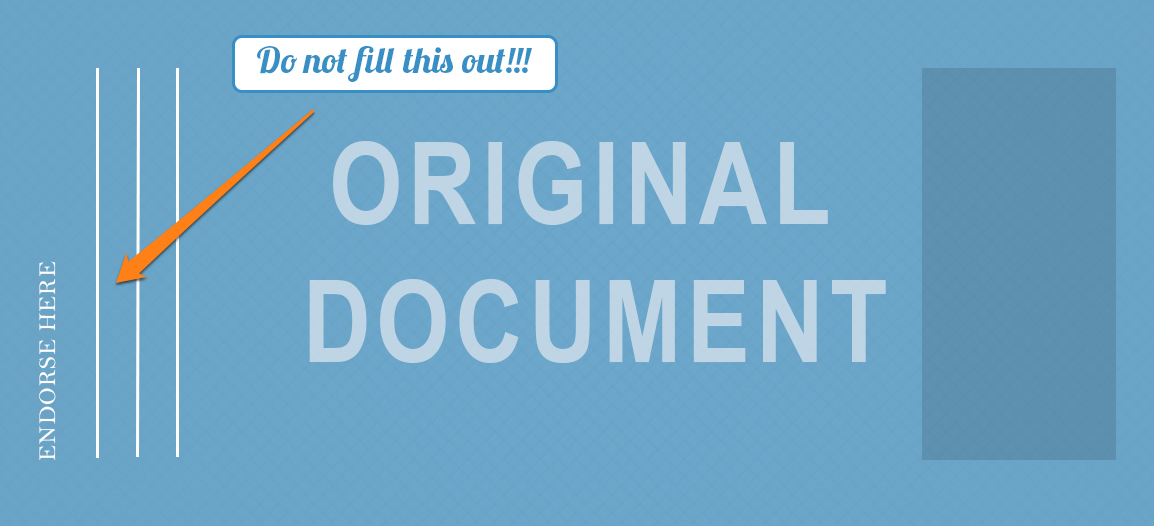
Do not sign the back of the check! This portion of the check needs to be signed by the person you’re giving it to.
Once you’ve completely filled out your check you can pay your rent by bringing it by in person, dropping it in an overnight box (if one is available), or sending it by mail.
Certified Funds
If you don’t have any personal checks or for one reason or another your landlord or property management company asks you to turn in your rent with certified funds then you have two options:
- Money Order
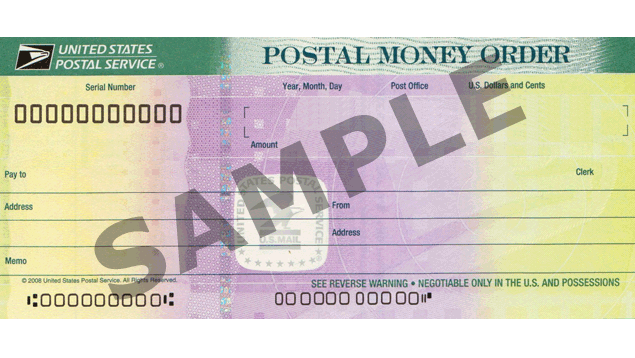
Money orders can be purchased at any bank or post office as well as most grocery stores and some gas stations. Money orders can cost anywhere from 50 cents to $5 to create and are limited to $1000 per money order. You must pay the full amount for a money order upfront unlike a check which may have a delay of several days or even weeks before it is cashed and the money is removed from your account.
The information that needs to be filled out on a money order will vary depending on where you purchase it, however in general you’ll need to fill out:
Pay to: This is where you put the name or your landlord or property management company.
Address: Some money orders will ask for the address of your property manager or landlord, but most will simply ask for the purchaser’s address and you can fill out your own information.
Memo: Just like a check you need to place your address or apartment number here.
Signature Line: Money orders need to be signed just like checks.
- Cashier’s Checks
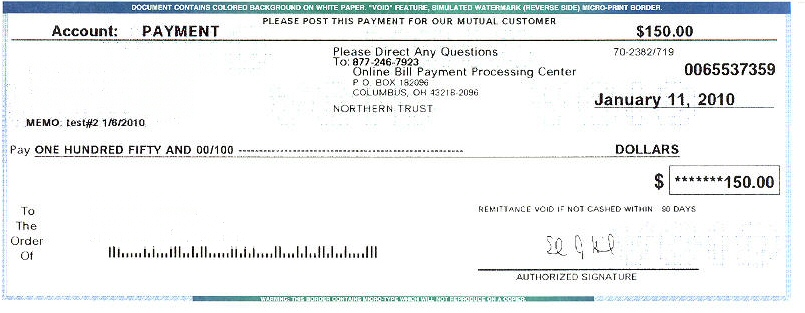
Cashier’s checks can only be purchased from a bank and generally cost between $7 to $10. Due to their high price many people prefer to use money orders or personal checks. Just like a money order a cashier’s check must be paid for upfront, however the bank will fill out the needed information for you. The appearance of a cashier’s check will vary by bank.
Late Fees
Alright, one last thing to go over before you’re officially a rent paying expert. Late fees!
Rent is always due on the first of the month and if you don’t pay your rent on time you’ll begin to accrue late fees. Generally late fees will start at $50-$100 for the first day your rent is overdue and then will add an additional $10-$25 fee for every day that you continue to avoid paying rent.
Most leasing contracts will give you a grace period, which means that you won’t be charged any late fees until after a certain date (usually the third of the month). Be sure to check your lease or ask your property manager or landlord about what fees to expect and what day your rent is officially considered late.
We’re Done!
So now you know! Keep checking our blog for more information on student leasing in Austin, TX or give us a call at 512-897-0009.
